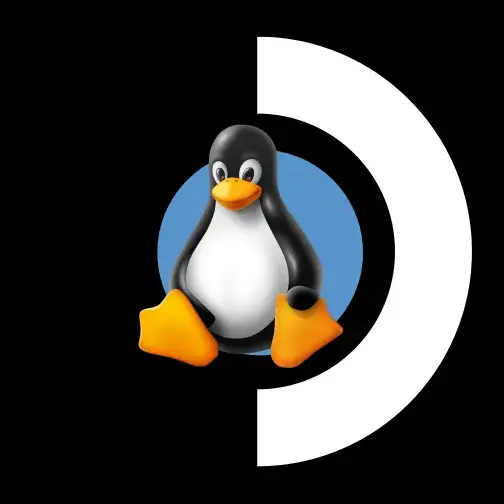

This seems like a ridiculously loose use of the word subscription.
Would you say you subscribe to 700km worth of fuel in your car, subscribe to light bulbs in your house, subscribe to your pencil that is getting slowly worn down with each use?


This seems like a ridiculously loose use of the word subscription.
Would you say you subscribe to 700km worth of fuel in your car, subscribe to light bulbs in your house, subscribe to your pencil that is getting slowly worn down with each use?


I see that now. I’m not browsing piracy only so half the posts I see are general Linux gaming questions along the lines of yours.


Install Heroic.
Log into your gog account in Heroic.
In the Heroic wine manager, check that GE-proton is installed.
Install Stellaris. By default it should install any DLC you have too.


Marvel Stadium (Australian football and multi use stadium), also having been known as Etihad Stadium and Telstra Dome.


For some reason Stardew was exactly where my mind went as well


Apartment doors are often fire rated, so they may be big and heavy. This, and other factors, can result in the door needing to be pushed hard to close easily.
This is my experience in the apartment I used to live. I eventually shaved the sides of the door so it would close without needing as much force too.


What? He guesses at the price, and if he’s wrong then he’ll eat a cake? Reward himself for being wrong? Is that it?


I have to hear about how we wouldn’t have modern rock music if it wasn’t for The Beatles.


Before I got my steam deck, I was playing on a 2400g htpc. I’m sure this will be fine.


Probably kiss. My first kiss was perfect and it feels like I’ve never felt a kiss like that again.


Maybe the US does, but I don’t live there.
The existing dishwasher is built into the cabinetry. As I’m neither plumber nor cabinetmaker, I’m not going to do this on my own.


The house we bought a few years ago had a dishwasher. It doesn’t work.
We’d like to replace it but we asked the shop guys if they can help with that they told us they don’t have any local contacts who do dishwasher installs.
We’ve never used one before, but with two little kids it feels like hand washing is getting a bit much sometimes.


When we got our first computer it was a Win 95 machine, with a copy of Encarta, Atlas. I don’t remember what word processor, but it wasn’t a full office suite.
It was cool. We did lots of typing and using ms paint.
Then we got a shareware cd. Hundreds of pretty useless games + 4 or 5 big ones like doom and transport tycoon, but it changed everything. Every day we’d try a new one. We’d mess around in DOS trying to get those ones working.
Then 3D Movie Maker - the full version. It all really started to come alive.
Then a microphone. Just messing around with sound recorder was like when we used to make “funny” tape recordings of ourselves, but without the hassle of tape.
These are the basic concepts of what I think made computers fun.
I guess the direction I’ll probably go shortly is the old AMD 2400g mini itx I have laying around. Put on an opensuse slowroll. We have a microphone handy. We have 900 games on our GOG account. I have an old intuos drawing tablet that might work. Add some of those education flatpaks - solariums and stuff. I think you can definitely do a modern version of what we had back in the 90s when computing was more than watching youtube.


No they weren’t. Infectious diseases resulted in life expectancies 40-50 years lower than now. Dying at 35 years old is not “perfectly fine”.


The movies depict actual AI. That is, machines/software that is sentient and can think and act for itself.
The future is going to be more of the shit we have now- LLMs / “guessing software”.
But also, why ask the question if you think the answer can’t be given yet?
As much as I love collecting books, I’ve decided now my shelf is so full, my next reading purchase will be a kobo instead.
Records and books mostly. But I just moved my CDs out of my storage space.
Click on the game in your library. On the game page click the three dots menu in the top right. Click Browse Files.
Probably hand planes, I can easily keep those going for decades myself.
Some of my furniture I guess, I’ve already rebuilt the bookshelf that fell apart.